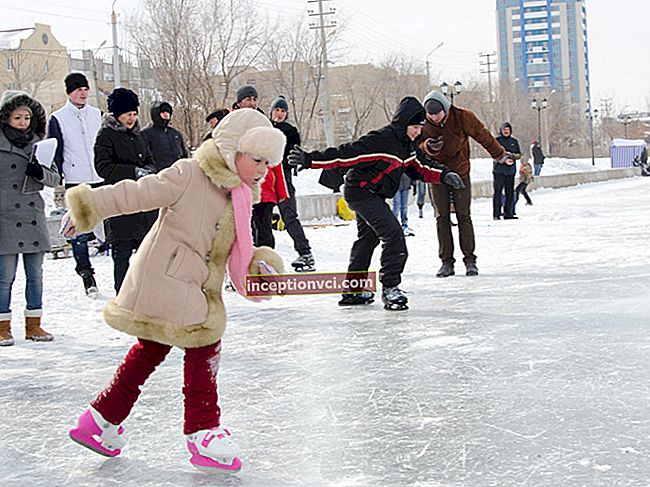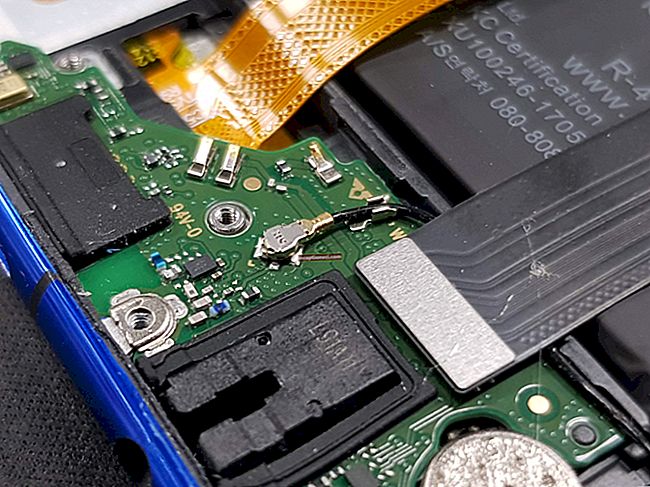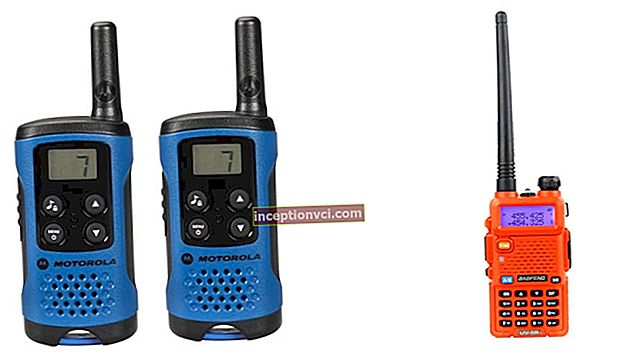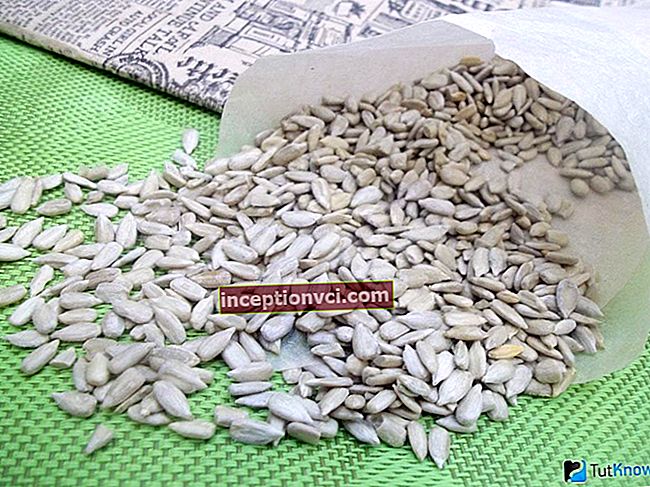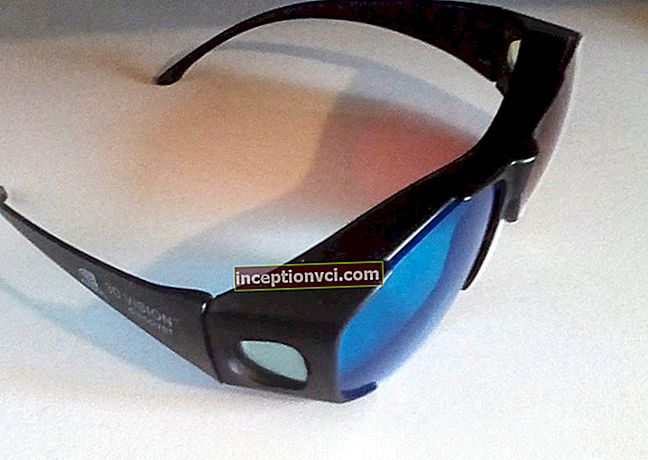The basics of fishing with silicone bait
In specialized fishing publications, silicone lures are most often mentioned when stories about the principle of fishing with step wiring or as a hook for baits. At the same time, very little information is presented that they themselves have an excellent, own game and perfectly catch predatory fish, even with uniform guidance. And this despite the fact that the reasonable price of silicone baits, in comparison with wobblers and spinners makes "rubber" more attractive for many anglers.
We will not pretend to be the ultimate truth, because each angler is individual in his preferences for the method of catching a predator. We, just having studied the many years of experience in fishing with silicone lures, we want to tell you about some of the tricks already comprehended by experienced fishermen.
Most of our fellow citizens devote themselves to the hobby of fishing and spinning not on large rivers with a good current, but on reservoirs where the current is either weak or not at all, with a depth of 0.5 to 2 m, provided there is a large amount of aquatic vegetation, a muddy bottom , moreover, very cluttered. So, on such bodies of water, attempts to fish with soft baits with stepped wiring will end either with dull hooks, or bring large bundles of grass instead of fish.
Therefore, this article will focus on uniform wiring, which, according to the deep conviction of our anglers, justifies itself perfectly in such conditions.
Wiring.
Of course, we call uniform wiring conventionally, because it allows both slight twitching or swaying of the tip of the spinning rod from side to side, and vertically, and slight accelerations with the help of a rod or reel, but completely excludes the bait from touching the bottom, and its too sharp movements.
An active predator will react remarkably to a simple, classic uniform wiring, but if the bites are sluggish or not at all, you need to experiment and introduce animation elements into the wiring.
The general rule of the wiring you carry out should be this: the bait needs to move in half water or near the bottom, in the upper layers of water there are practically no pike bites. And the well-known statement that she loves slow and medium retrieval needs to be corrected: the pike loves slow and very slow retrieving, in any case, this is confirmed with this method of fishing. Apply extremely slow retrieve and your catches will increase several times, although psychologically it will not be easy, because the temptation to fish more promising places will force you to turn the reel handle faster.
A large number of spinning players, noticing their rival colleagues nearby, make a common mistake - they make 3-4 casts and rather change their place. Thus, of course, they will catch the most active pike, but, as a rule, the catch of such rushes is small.
Tackle and bait selection.
The peculiarities of slow wiring impose certain requirements on the tackle: it must be sensitive, but at the same time powerful enough, as well as "send" - capable of throwing 4-6-gram baits far. As an example, we give spinning coil with a "braid" with a diameter of 0.16 - 0.18 mm.
Of course, spinning with a 3-15g test can also be used, but once, trying to drag a kilogram pike through the grass, you risk hearing the crackle of carbon fiber and at least break the tip of the upper knee. So here's our advice: use a more powerful tackle, and you won't notice a big difference in catches.In addition, when fishing from the shore, you will (unfortunately) encounter hooks for aquatic plants and driftwood, and when releasing the bait, you will have to significantly load the tackle.
When fishing from a boat, a thinner "braid" with a diameter of 0.12-0.14mm and a spinning rod with an upper dough of 12-15g will be enough, because in case of a hook, you can always swim closer and release the bait.
Heavy baits at a depth of 0.5 to 2 m, under conditions of little or no current, it will probably not be possible to carry out very slowly, and there will be a need to use jig heads and "Cheburashkas" weighing from 3.5 to 7 g. The optimum weight of the bait depends on the depth: 0.5m - 3.5g; up to 1m - 4g; up to 1.5m - 5g; up to 2m - 6-7g.
Naturally, color is of great importance. silicone baits... In our common opinion, the universal color is yellow. Monochromatic lures, as well as various combinations, show themselves well: yellow with red, yellow with green, yellow with black.
When applying uniform wiring of "rubber", a capitalist rule is used: the less transparent the water, the brighter the color of the bait should be, up to the poisonous "acid".
Also catchy are colors that are very close to natural, for example, a blue or black back, with a white body. Pike is also successfully caught on pearl twisters with pink shades and sparkles. Often, carrot-colored baits are effective in the summer. In short, your box should have a selection of twisters and shakes in a variety of colors.
You can also dream up with the help of multi-colored markers right on the fishing trip and, perhaps, achieve success in catching an inactive predator.
On slow and ultra-slow wiring, only soft rubber will work well. On our site you will find relatively inexpensive and decent quality vibrotails. The very quality of the "rubber" is assessed very simply. It is necessary to turn the vibrotail upside down, and the more the curvature of the tail resembles the Latin letter - U, the better its playing will be.
We recommend using jig heads with yellow or white hooks, which, as a rule, with a deaf toe on a smooth pull (this is what, in fact, you need a "braid" with a diameter of 0.16-0.18 mm) unbend, but at the same time pike jerks weighing in 3 kg and more, with success.
We strongly advise against storing rubber of different colors in one place. The fact is that lighter baits will be colored from brighter "neighbors". Plus, silicone will interact with plastic, which is used by individual manufacturers in budget products, as a result of which, instead of baits, a sticky jelly-like multi-colored porridge may appear in your box instead of baits.
A prerequisite is the use of a metal leash equipped with a fastener (to simplify the process of replacing the bait). You can use homemade ones made from a guitar string, but any 10-15cm long purchased from a store will do.
Fishing tactics.
The best time to catch pike is considered to be morning and evening, but this does not mean at all that during the day it will not be caught, it is just that at such a time it is much more difficult to catch a large predator, although there are exceptions.
Having come to the reservoir, the first thing to do is to assess the promising places where the predator is likely to be. This is a topic for a separate conversation, about which there are many detailed materials in various fishing publications. If you notice that somewhere a predator is chasing a fry, then the first casts should be done exactly there or in such a way that the bait passes in the immediate vicinity of that place. Sometimes a bite occurs at the first cast.
Start with yellow-red or yellow-green vibro-tails and if there are no bites for half an hour, start experimenting and put baits in other colors until you find the one that is in demand on that day, and in this reservoir.
If there are no signs of the presence of the pike, make the first casts to the chosen places in such a way that the bait comes from the sun (this is extremely important in clear weather conditions). In this case, the pike is not blinded when attacking, since most often, the predator, when using slow wiring, takes it, just catching up with the “prey”. Then, fan it, at intervals of 0.5-1 m, paying particular attention to places with signs inherent in ambushes - near reed thickets, in clearings of aquatic vegetation, near submerged trees and islets that rise above the water surface. No bites? Move 10-15 meters and do it all over again. It should turn out in such a way that the fans of the casts partially overlap each other. After all, sometimes bites occur where the bait has already visited before. Why does this happen? It seems that the reason lies in the fact that casting from a different point is carried out at a different depth and at a different angle, those that are most acceptable for pike at that moment.
If the bite takes place, but the pike is not detected, still make 5-6 casts of the same direction, with a slight deviation from left to right and wiring with animation elements. If this does not work, often success can be brought about by changing the bait to a similar, but different color.
It is very important to learn to distinguish between a weak bite of a fish and contact of the bait with an underwater obstacle of some kind (this requires experience, along with the sensitivity of the tackle). Often in transparent water through polarizing glasses you can see how the predator follows the bait for a long time, sometimes even pokes its nose into it, but does not dare to grab it. In such a case, you should try to slow down a little, and then accelerate the pace of the posting. coil, and the toothy will not stand - a grip will follow.
If you have enough time, try going backwards through the already fished area. At the same time, put a different type of bait, for example, a "spinner" or a wobbler. Most likely, this will bring a couple of tails, especially when the "rubber", for some reason, does not work on that day (which, by the way, is extremely rare).
Do not rush on the pond, remember the recommendations you read, and you will not be left without a catch!
In custody we want to remind you that you can purchase everything you need for fishing on our website at a bargain price.
